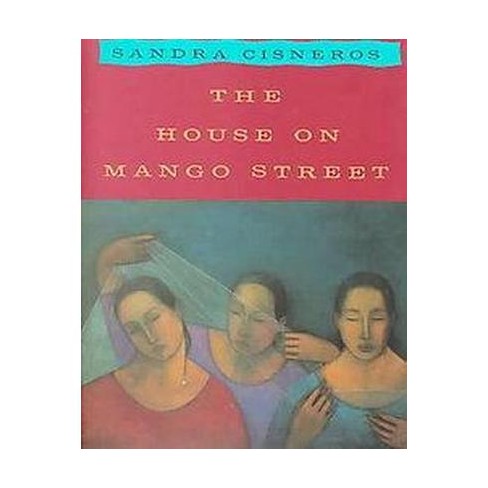



The 25th anniversary edition of her novel The House on Mango Street, prefaced with a personal essay, gives readers an opportunity to get a glimpse of Sandra’s journey as a young writer. Among her accolades, Cisneros is the recipient of two National Endowment for the Arts fellowships. Since it was first published in 1984, Cisneros’ novel has been widely taught in schools and translated into more than twenty languages. During my time as an undergraduate, no work of literature has given me more affirmation than Sandra Cisneros’ The House on Mango Street. What purpose does art serve? What inspires you to practice your craft? These are questions that aspiring artists confront at some point in their lives, and it is affirming to read answers from mature, experienced voices. In spite of this, it remains an influential coming-of-age novel and is a staple piece of literature for many young adults.The House on Mango Street: 25th Anniversary Edition It was adapted into a stage play by Tanya Saracho, which was staged in Chicago in 2009.īecause the novel deals with sensitive subject matters, such as domestic violence, puberty, sexual harassment, and racism, it has faced challenges and threats of censorship. It was on The New York Times Best Seller list and is the recipient of several major literary awards, including the American Book Award from the Before Columbus Foundation. The book has sold more than 6 million copies, has been translated into over 20 languages and is required reading in many schools and universities across the United States.

The House on Mango Street is considered a modern classic of Chicano literature and has been the subject of numerous academic publications in Chicano Studies and feminist theory. Elements of the Mexican-American culture and themes of social class, race, sexuality, identity, and gender are interwoven throughout the novel. Based in part on Cisneros's own experience, the novel follows Esperanza over the span of one year in her life, as she enters adolescence and begins to face the realities of life as a young woman in a poor and patriarchal community. Structured as a series of vignettes, it tells the story of Esperanza Cordero, a 12-year-old Chicana girl growing up in the Hispanic quarter of Chicago. The House on Mango Street is a 1984 novel by Mexican-American author Sandra Cisneros.


 0 kommentar(er)
0 kommentar(er)
